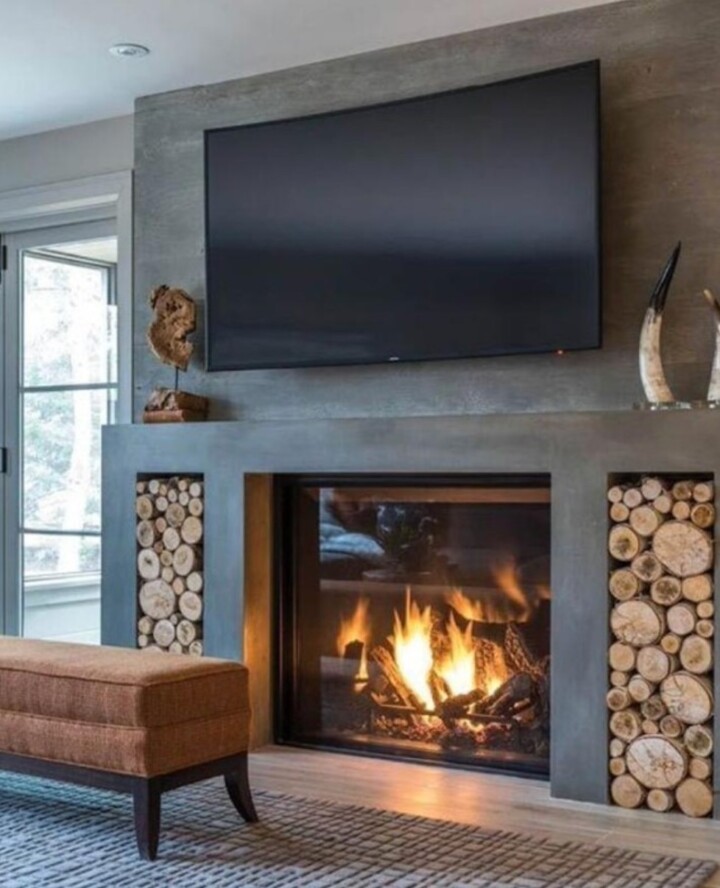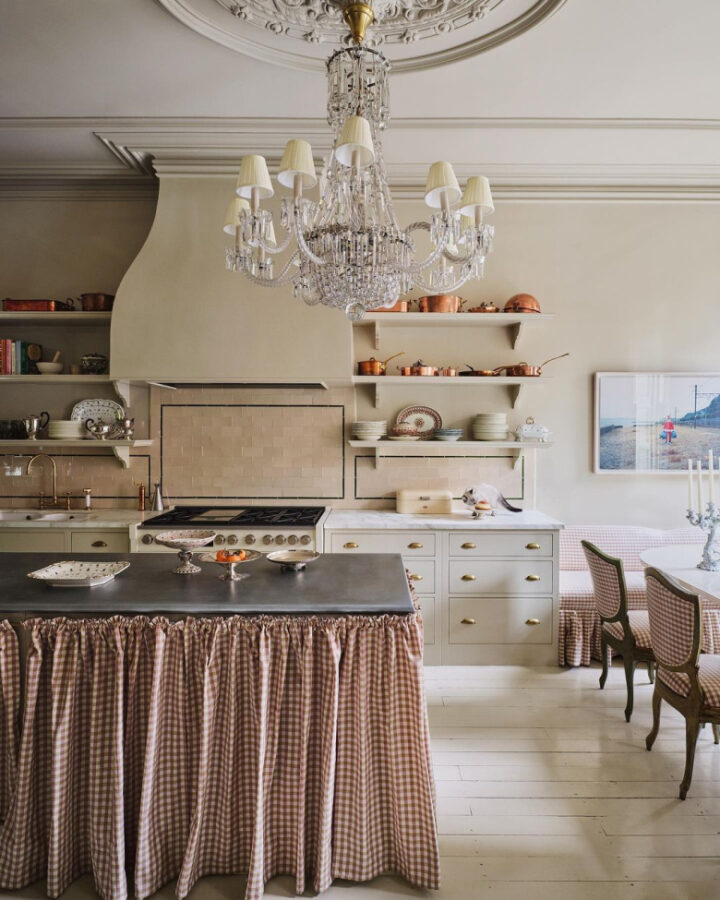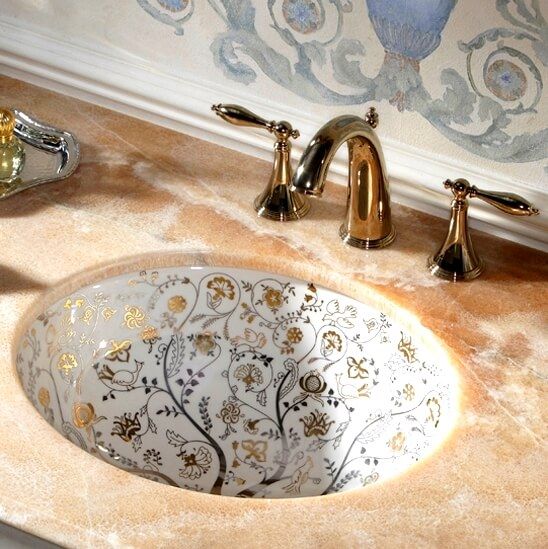Gas fireplaces have become increasingly popular as a convenient and efficient way to bring warmth and ambiance to homes. With advancements in technology, modern gas fireplaces offer realistic flames and minimal maintenance, making them an attractive alternative to traditional wood-burning fireplaces. If you’re considering investing in a gas fireplace for your home, this comprehensive guide will walk you through everything you need to know to make an informed decision.
Image: ourhomes / Fireplace: Chantico Fireplaces
Why Choose a Gas Fireplace?
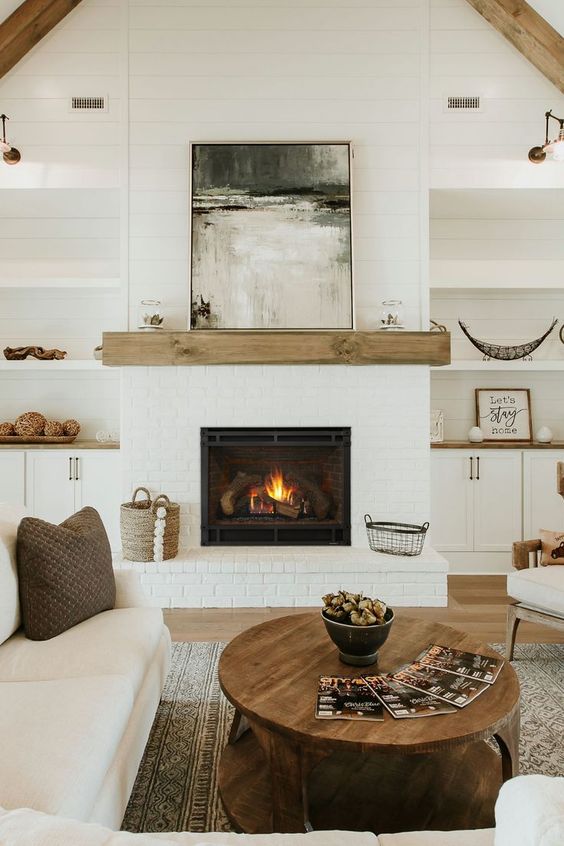
Image: HEAT&GLO
Gas fireplaces offer several benefits that make them an appealing choice for homeowners. Here are some key reasons why you should consider investing in a gas fireplace:
- Convenience: Unlike wood-burning fireplaces, gas fireplaces can be easily controlled with a remote or wall switch, allowing you to adjust the flame and heat output effortlessly. No more dealing with messy ashes or constant tending.
- Energy Efficiency: Gas fireplaces are highly efficient and can help reduce your energy consumption. They provide direct heat to your living space, eliminating the loss of heat through the chimney that occurs with wood-burning fireplaces.
- Clean and Low Maintenance: Gas fireplaces produce no ash or soot, which means no messy cleanup. Additionally, they don’t require chimney cleaning like their wood-burning counterparts.
- Realistic Flames: Modern gas fireplaces are designed to mimic the appearance of a traditional wood-burning fire. With glowing embers and tall flames, they create a cozy and inviting ambiance.
- Flexible Installation: Gas fireplaces can be installed in various locations within your home, including bedrooms, bathrooms, basements, or even outdoors, without the need for a traditional chimney.
Types of Gas Fireplaces

Image: European Home
Gas fireplaces come in different types, each offering unique features and installation options. Let’s explore the three main types of gas fireplaces:
1. Gas Fireplace Inserts
Gas fireplace inserts are designed to fit into existing wood-burning fireplaces, converting them into efficient gas-burning ones. Here are some key features of gas fireplace inserts:
- Inserts are installed within a metal box surrounded by a larger metal box that fits into the existing fireplace.
- They provide a mix of warm air and radiant heat, making them a reliable heat source for your room.
- Gas fireplace inserts can be vented or ventless, depending on your preference and the availability of venting options in your home.
- Vented inserts have a fixed glass panel in front of the flames, while ventless inserts may have a fixed metal screen or glass panel.
2. Built-In Gas Fireplaces
Built-in gas fireplaces are a popular choice for homeowners who want to add a fireplace to a room where there isn’t an existing fireplace or chimney. Here are some key features of built-in gas fireplaces:
- Built-in fireplaces have a metal box-within-a-box construction, similar to inserts.
- They can be vented directly through an exterior wall opening or vented into the room.
- Vented built-in fireplaces feature fixed glass panels that ensure efficient heat distribution and prevent the escape of furnace or boiler-heated air.
- Ventless built-in fireplaces may have a fixed metal screen or glass panel.
3. Gas Log Sets
Gas log sets are a cost-effective way to give your existing wood-burning fireplace a gas upgrade. Here are some key features of gas log sets:
- Gas log sets consist of a stack of ceramic logs with a gas burner that sits inside the existing fireplace.
- Installation requires drilling access holes for gas and electric lines.
- Some gas log sets are ventless, while others may vent up the chimney.
- Vented gas log sets require the damper to be propped open to prevent carbon monoxide poisoning.
Factors to Consider When Choosing a Gas Fireplace
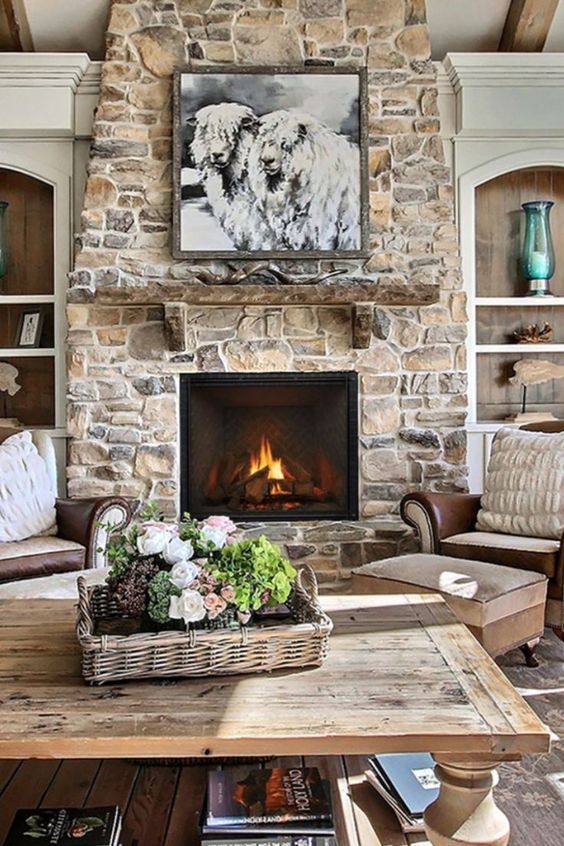
When selecting a gas fireplace for your home, several factors should be taken into consideration. Here are the key factors that will help you make the right choice:
1. Heat Output
The heat output of a gas fireplace is measured in British Thermal Units (BTUs). It’s essential to choose a fireplace that can adequately heat your space. Consider factors such as the room size, climate, and insulation level of your home when determining the appropriate heat output.
2. Venting Options
Decide whether you prefer a vented or ventless gas fireplace. Vented fireplaces require a chimney or an exterior wall for venting, while ventless fireplaces discharge all their heat and exhaust into the room. Each option has its pros and cons, so consider your specific needs and the availability of venting options in your home.
3. Fuel Type
Gas fireplaces can run on natural gas or propane. Natural gas is generally more affordable and produces slightly more heat. However, propane is a suitable option if natural gas isn’t readily available in your area.
4. Installation and Maintenance
Consider whether you prefer a DIY installation or hiring a professional. While some gas fireplaces can be installed by homeowners, it’s recommended to enlist the help of a certified technician for safety and optimal performance. Additionally, factor in the maintenance requirements, such as annual cleaning and adjustments, to ensure the longevity of your gas fireplace.
5. Safety Features
Look for gas fireplaces with built-in safety features, such as an oxygen depletion sensor that automatically shuts off the fireplace if carbon monoxide is detected or if there’s a lack of oxygen in the room. Automatic shutoff systems can also provide additional safety by turning off the fireplace after a certain period of inactivity.
6. Style and Design
Consider the aesthetics of the gas fireplace and how it complements your home’s interior design. Gas fireplaces come in various styles, including traditional, modern, and contemporary. Choose a design that aligns with your personal taste and enhances the overall ambiance of your space.
7. Budget
Gas fireplaces can vary significantly in price, depending on the type, features, and brand. Set a budget range that suits your financial capabilities and explore options within that range. Remember to consider the long-term energy savings and efficiency of the fireplace when assessing its value.
Conclusion

Image: Antoinette Wood Burning Fireplace, $4,999.00
Investing in a gas fireplace can transform your home into a cozy and inviting space. Consider the type of gas fireplace that best suits your needs, whether it’s an insert, built-in fireplace, or gas log set. Evaluate factors such as heat output, venting options, fuel type, installation requirements, safety features, design, and budget. By carefully considering these factors, you’ll be able to choose the best gas fireplace for your home and enjoy the warmth and beauty it brings for years to come.

